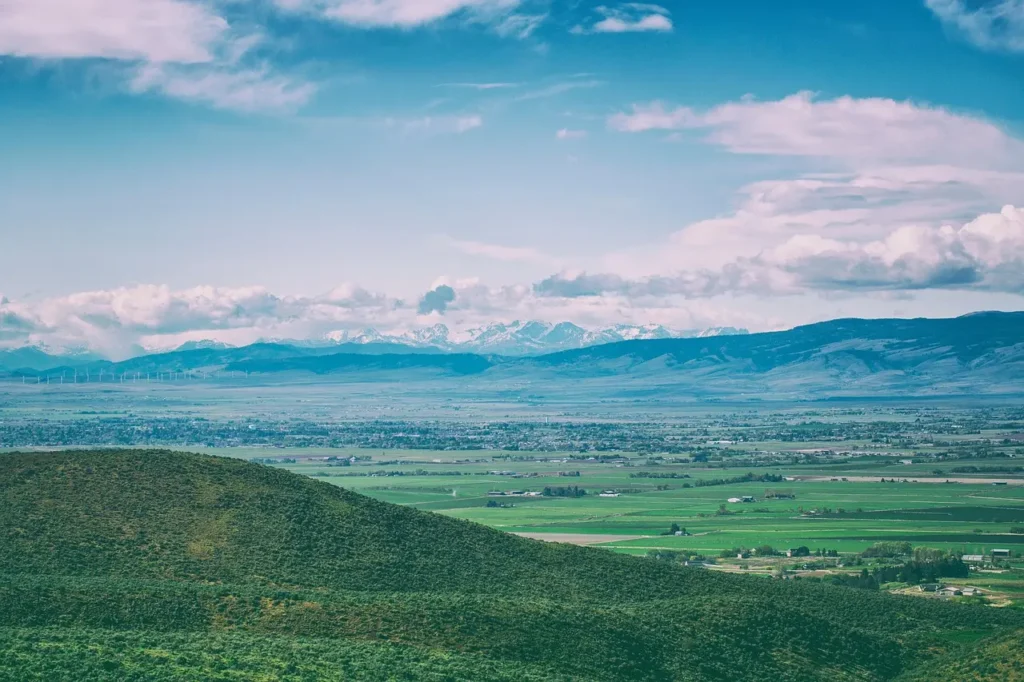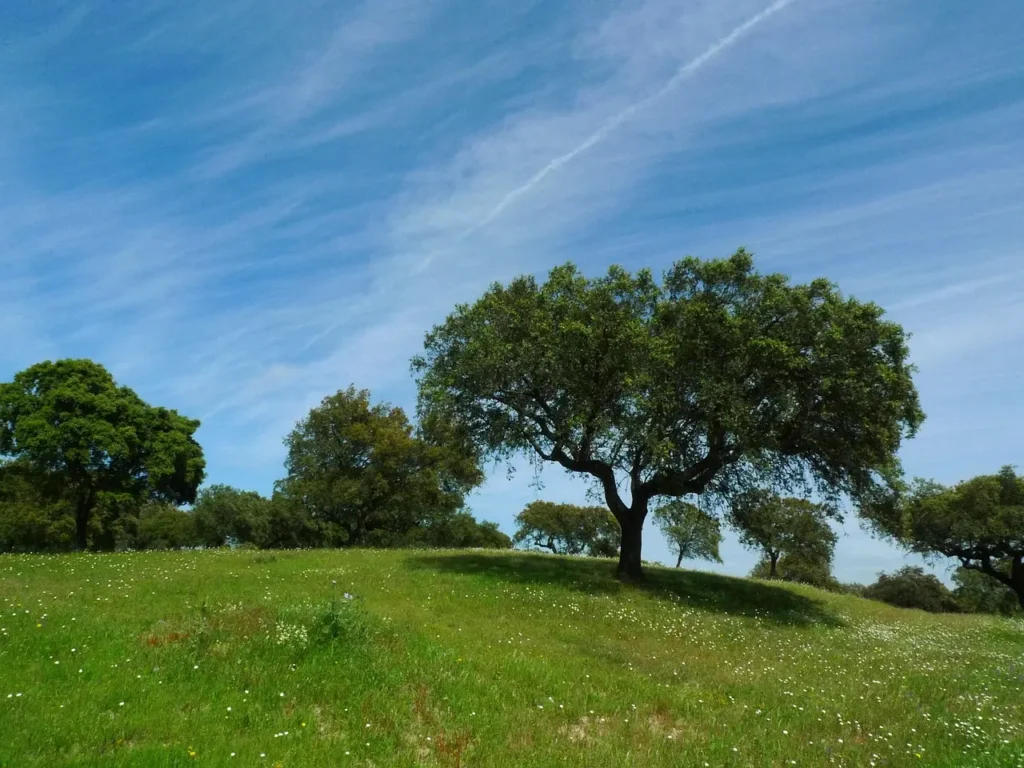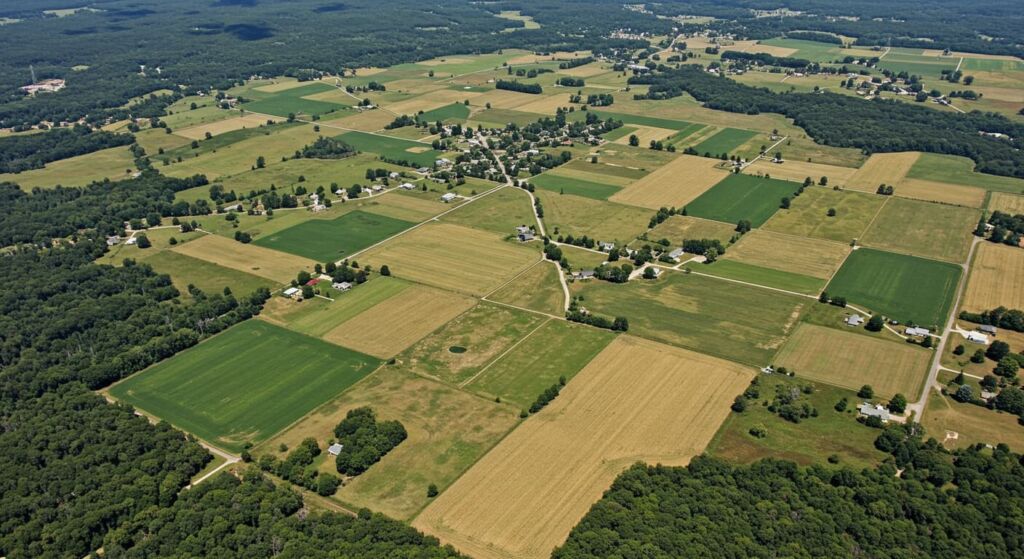Land prices vary wildly across the U.S., but if you’re looking for the cheapest state to buy land, you’re probably hoping to find a spot where your dollar stretches a lot further. Whether you’re investing, planning an off-grid lifestyle, or just want a place to call your own, knowing where to start looking is half the battle.
While the price tag is important, it’s not the only thing that matters. The cheapest land often comes with trade-offs, remote locations, limited infrastructure, or restrictive zoning laws. Still, if you’re willing to get creative or wait for development to catch up, buying affordable land in the right state could be a smart long-term move.
What Makes Land “Cheap” in the First Place?
Land prices depend on a mix of factors, and it’s not always about how pretty or scenic the area is. Here’s what usually drives land prices down:
- Population density: Fewer people means less demand.
- Job market: Areas with fewer job opportunities tend to have cheaper land.
- Infrastructure: Lack of roads, utilities, or cell service can drop prices fast.
- Zoning and use restrictions: If you can’t build on it, it’s probably cheaper.
- Taxes and cost of living: Lower property taxes can sweeten the deal for long-term ownership.
So while “cheap” might sound like a win right away, it’s worth digging into why the land is inexpensive before pulling the trigger.
Top States With the Cheapest Land
Some states have consistently ranked among the most affordable places to buy raw land. Let’s look at the current front-runners where prices are low, but opportunities are still worth exploring.
Arizona – Cheap Desert Land With Big Potential
Arizona often tops the list because of its massive stretches of undeveloped desert land. Some plots go for as little as $500 an acre in rural counties like Apache or Cochise. While the terrain can be dry and remote, Arizona’s population is growing fast, especially around Phoenix and Tucson. If development eventually reaches your lot, you could see solid appreciation over time.
New Mexico – Wide-Open Spaces and Low Taxes
New Mexico offers some of the most affordable land per acre in the western U.S., especially in areas like Luna, Valencia, and Torrance counties. Prices can dip below $1,000 per acre, and the state’s low property taxes make it attractive for long-term holding. It’s also a great spot for solar projects or off-grid living due to its clear skies and vast open space.
Mississippi – Southern Comfort on a Budget
In Mississippi, land can go for under $2,000 per acre, especially in the central and northern parts of the state. If you’re looking for land with greenery, water access, and moderate weather, Mississippi offers a strong combo of affordability and usability. It’s one of the few places where you can buy forested property without breaking the bank.
Arkansas – Cheap, Buildable Lots
Arkansas has some of the cheapest buildable land in the country. You can find small lots in areas like Izard and Sharp counties for less than $1,000, often with road access and nearby utilities. It’s not just raw land either, some parcels are zoned for residential or mobile homes, which is rare at this price point.
Colorado (Rural Areas Only)
Colorado isn’t usually associated with “cheap” anything these days, but in the far southern and eastern regions, land is surprisingly affordable. In counties like Costilla or Huerfano, you can find parcels for under $1,500 an acre. The scenery’s amazing, and if you’re buying for recreation or a cabin site, this could be a hidden gem.

Pros and Cons of Buying Cheap Land
It’s easy to get excited about buying a few acres for under $5,000, but low prices usually come with strings attached. Here’s what to watch for:
Pros
- Low upfront cost: Great for first-time buyers or investors with limited capital.
- Fewer holding costs: Property taxes and maintenance are minimal.
- Flexible uses: In some counties, zoning laws are relaxed, giving you room to experiment.
Cons
- Access can be tricky: Some lots have no roads or legal easements.
- Limited resale demand: Not everyone’s looking to move off-grid or buy remote land.
- Utilities may not be available: No water, power, or sewer can make it harder to develop or sell.
The key is to balance price with usability. Cheap land is great, but only if it fits your goals.
What to Look for Before You Buy
Do Your Homework Before You Buy
Thinking about buying cheap land in one of these states? That’s exciting, but before you jump in, take some time to do your research. A little upfront effort can save you a ton of stress (and money) down the road. Here’s what you should always check before signing anything:
Make Sure There’s Legal Access
Just because a property shows up on a map doesn’t mean you can actually get to it. Some lots are “landlocked,” meaning they don’t have direct road access. If there’s no public or deeded road, you’ll need a legal easement through a neighboring property without it, you could be stuck with land you can’t reach. Always ask for proof of legal access in writing.
Double-Check the Zoning Laws
Zoning laws vary by county and can make or break your plans. Want to build a cabin, park an RV, or camp occasionally? Don’t assume it’s allowed just because the land is cheap. Some areas have strict rules about what you can and can’t do—even on rural or “off-grid” land. Look up the local zoning classification and ask the county exactly what’s permitted.
Review the Property Taxes and History
Low property taxes are one of the perks of cheap land, but make sure there are no surprises. Unpaid back taxes could become your responsibility after the sale. Ask for a current tax statement, and if possible, check for liens or special assessments that might be attached to the property.
Use Satellite Images to See What You’re Getting
Before visiting or if you’re buying remotely, pull up the property on Google Earth or the county’s GIS mapping tool. This gives you a real sense of the terrain, vegetation, nearby development, and whether the lot looks usable. It can also help spot red flags like flood zones, steep grades, or completely overgrown lots.
Call the County for the Full Picture
Your best source of reliable information is often the county itself. Call the local assessor’s office or planning and zoning office and give them the parcel number (APN). Ask questions like: Can I build? Is there road access? Are utilities nearby? What are the setbacks or restrictions? County staff can often tell you more than a listing ever will.
Doing this due diligence isn’t just smart, it’s essential. The last thing you want is to buy land that you can’t access, use, or sell later. Take the time to check the details now, and you’ll have way more confidence in your purchase later.
Who Should Consider Buying Cheap Land?
Buying inexpensive land isn’t just for real estate moguls. In fact, it’s often the perfect move for people who want to take control of their lifestyle or finances. Here’s who can benefit the most:
First-Time Real Estate Investors
Buying raw land can be a smart entry point for investors who want to get into real estate without dealing with tenants, renovations, or big mortgages. You can hold it long-term, resell it later, or lease it out for agricultural use, hunting, or even solar projects.
Off-Grid Enthusiasts and Homesteaders
Many people buying land in places like New Mexico or Arkansas are looking to live off the grid, start a homestead, or build a tiny home. These rural parcels provide privacy, independence, and affordability for those ready to live a self-sufficient lifestyle.
Digital Nomads or Vanlifers
Some vanlifers buy cheap land as a home base between travels. You might not build on it, but owning land gives you a legal place to camp, store gear, or set up a temporary shelter. Just make sure local laws allow overnight stays or RV living before buying.
Long-Term Planners
If you’re someone who thinks five, ten, or even twenty years ahead, cheap land can be a smart part of your strategy. Areas that are rural now might be booming suburbs later. Buying early lets you ride that appreciation wave if development ever reaches your area.
Financing Cheap Land: Do You Need Cash?
One of the most appealing things about cheap land is that you don’t always need a bank loan to buy it. In fact, many land deals are done without any banks involved at all.
Owner Financing
A lot of sellers offer owner financing, where you make a small down payment (sometimes as low as $500), then pay monthly installments. There’s usually no credit check, and approval is fast. But always read the terms; some sellers charge high interest or penalize you for paying off early.
Cash Buyers Get the Best Deals
If you can pay cash up front, even for just $2,000–$5,000, you’ll have more negotiating power. Many sellers will drop their price for a quick, all-cash deal, especially in private sales. Just be sure the seller can deliver a clear title with no liens or back taxes.
Watch for Red Flags
Avoid “too good to be true” offers, especially if a seller is vague about location, legal access, or zoning. Always verify details independently, even if the website or listing looks professional.
What to Do With Cheap Land After You Buy It
You’ve closed the deal and now you own a few acres. But now what? Here are a few ideas that can turn your land into something useful (or profitable).
Hold It as an Investment
Sometimes the smartest move is no move at all. If you’ve done your research and believe the area has potential, just hold the land. Property taxes are usually low, and you might see great appreciation over time, especially if nearby development takes off.
Recreational Use
Use the land for weekend getaways, camping, hunting, or ATV riding. Even raw, undeveloped land can be a great escape from city life. Some people install a shed or small cabin for a cheap and private retreat.
Lease It
Even if you don’t plan to use it yourself, you might be able to lease the land to someone else for farming, storage, hunting, or even billboard advertising. It won’t make you rich, but it can help cover taxes or loan payments.
Resell It Later
Many people “flip” land by buying low and reselling for a higher price once they’ve cleaned up the title, added access, or just held it long enough. Make sure you understand your buyer’s needs, such as access, zoning, and utility availability. They matter a lot for resale value.
How to Buy Cheap Land Without Getting Burned
There’s a growing number of platforms that specialize in affordable land sales. Some are better than others. Make sure to work with companies or sellers that provide:
- Clear parcel info (APN, GPS coordinates, zoning)
- Photos or videos of the land
- Transparency about access, taxes, and any restrictions
- Flexible owner financing (some sell land with no credit check or banks involved)
Ready to turn that affordable plot into a powerful long-term asset?
Explore how IRA Club can help you invest in land through a Self-Directed IRA. Their expert guidance allows you to grow your retirement savings while tapping into real estate opportunities like raw land, rentals, and development property, all with tax advantages. Whether you’re buying your first acre or adding to a diverse portfolio, IRA Club is here to help you every step of the way.

Conclusion
When it comes to finding the cheapest state to buy land, there’s no single right answer. Arizona and New Mexico win on price and availability, while Mississippi and Arkansas offer more greenery and usable lots. The trick is knowing what you want to do with the land and making sure the property supports your vision.
Affordable land is one of the few remaining entry points into real estate without needing six figures or a high credit score. With a little homework, a good map, and a clear plan, you can turn that cheap parcel into a smart investment.
Ginis Garcia is a seasoned real estate investor with over 14 years of experience helping both new and experienced investors achieve their goals in the housing and land markets.
- Ginis Garciahttps://thelandmethod.com/author/thelandmethod/
- Ginis Garciahttps://thelandmethod.com/author/thelandmethod/
- Ginis Garciahttps://thelandmethod.com/author/thelandmethod/
- Ginis Garciahttps://thelandmethod.com/author/thelandmethod/


